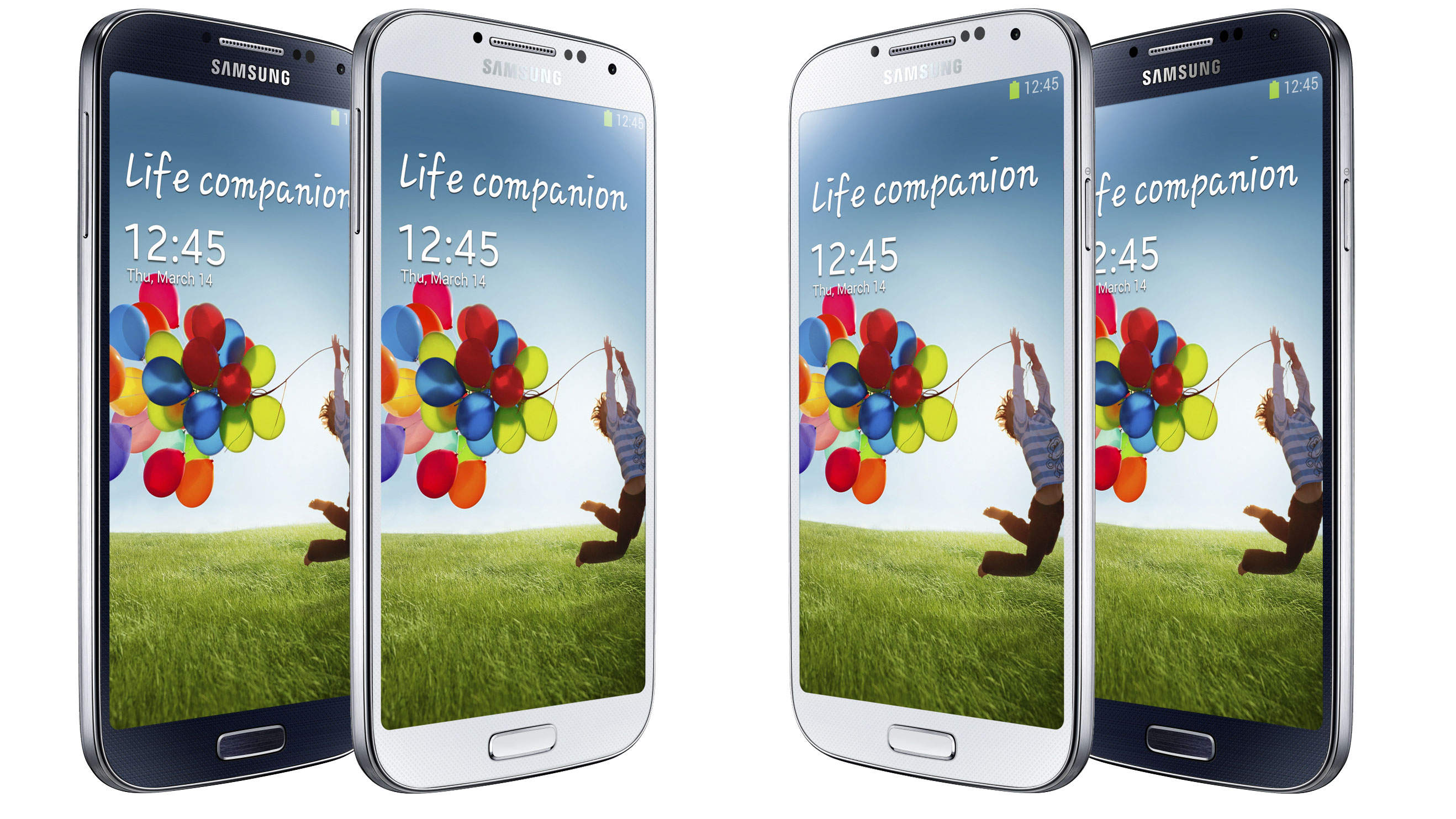Why you can trust TechRadar
The Samsung Galaxy S4 has an all-new screen, and we'll state it now: the Samsung Galaxy S4 has the best display you can find on a smartphone.
It's the same Super AMOLED technology used in other Galaxy smartphones, but this time it's been cranked up to Full HD resolution, which is 1920 x 1080 pixels, if you're asking.
This uses the same PenTile matrix that's drawn so much criticism for Samsung over the years, as some state that Samsung is using too many of one colour of pixel, or sub-pixel (the colours within each pixel) is too basic – all of this has meant that older Galaxy smartphones have had something of a blue or green tint, or been a little low-resolution when viewed (admittedly really) close up.

Well, and you'll forgive us for saying the same thing that we did last year with the Galaxy S3, close up now there's no way you can see any jagged edges or elements within the icons. It's simply superb, and makes everything from web pages to video look brilliant.

And there's no worry about the tints of old, nor the criticisms levied at Samsung for making over-saturated screens, as often people have claimed that the colours look too strong on these devices thanks to the OLED technology used.
It is a feature of the technology, and not just because of the high contrast ratios on offer, but with the Galaxy S4 Samsung has added in a mode to make the colours look more natural, should the user so with to have it that way.

This method does drop the brightness somewhat, and that's already lower than you might find on the HTC One but that extra brightness isn't needed thanks to the contrast ratio we mentioned earlier. One of the strengths of OLED technology is that when a pixel is displaying a black image, it's completely off, and therefore draws less power and looks darker. Compared to LCD screens, which have a backlight to light the colours in front, this means that the blacks will never be as black as found on an OLED.
Sign up for breaking news, reviews, opinion, top tech deals, and more.
So, as we said, there's nothing to want for with the Super AMOLED Full HD screen found on the Samsung Galaxy S4. It might not be as high resolution as the HTC One, simply because it's larger with the same amount of pixels, but viewed up close you'll struggle to find a flaw with it.

You can change the brightness from the notification bar by sliding your finger up and down the screen - but if you want to make things easier you can just tag the Auto button and have the Galaxy S4 working away at deciding the optimum brightness for you.
What's new here is the ability to customise the auto level - so if you like things a little lighter or darker, then you can choose such a thing. It's a good way to manage your battery even easier.
Another feature, which is both good and bad, is the improved capacitive technology used in the screen. This is designed to ape a feature brought by Nokia on the Lumia 920, which allows the user to wear gloves and still use the phone - which will be a key feature to those in colder climes, or like to wear gloves for sport or similar.
However, while this works well for gloves, it does over-power the screen somewhat, in that when you're holding your finger over the screen looking to scroll up and down when you're read a certain paragraph, it will sometimes register a press when you've no intention of doing so. It's irritating to say the least, and something that we hope Samsung irons out with future software updates.
Aside from that, there's not a thing that we can criticise the Samsung Galaxy S4 screen for in any way, as it's as close to perfect as you can get on a smartphone - making it a great device for so many more functions as a result.

Gareth has been part of the consumer technology world in a career spanning three decades. He started life as a staff writer on the fledgling TechRadar, and has grew with the site (primarily as phones, tablets and wearables editor) until becoming Global Editor in Chief in 2018. Gareth has written over 4,000 articles for TechRadar, has contributed expert insight to a number of other publications, chaired panels on zeitgeist technologies, presented at the Gadget Show Live as well as representing the brand on TV and radio for multiple channels including Sky, BBC, ITV and Al-Jazeera. Passionate about fitness, he can bore anyone rigid about stress management, sleep tracking, heart rate variance as well as bemoaning something about the latest iPhone, Galaxy or OLED TV.
